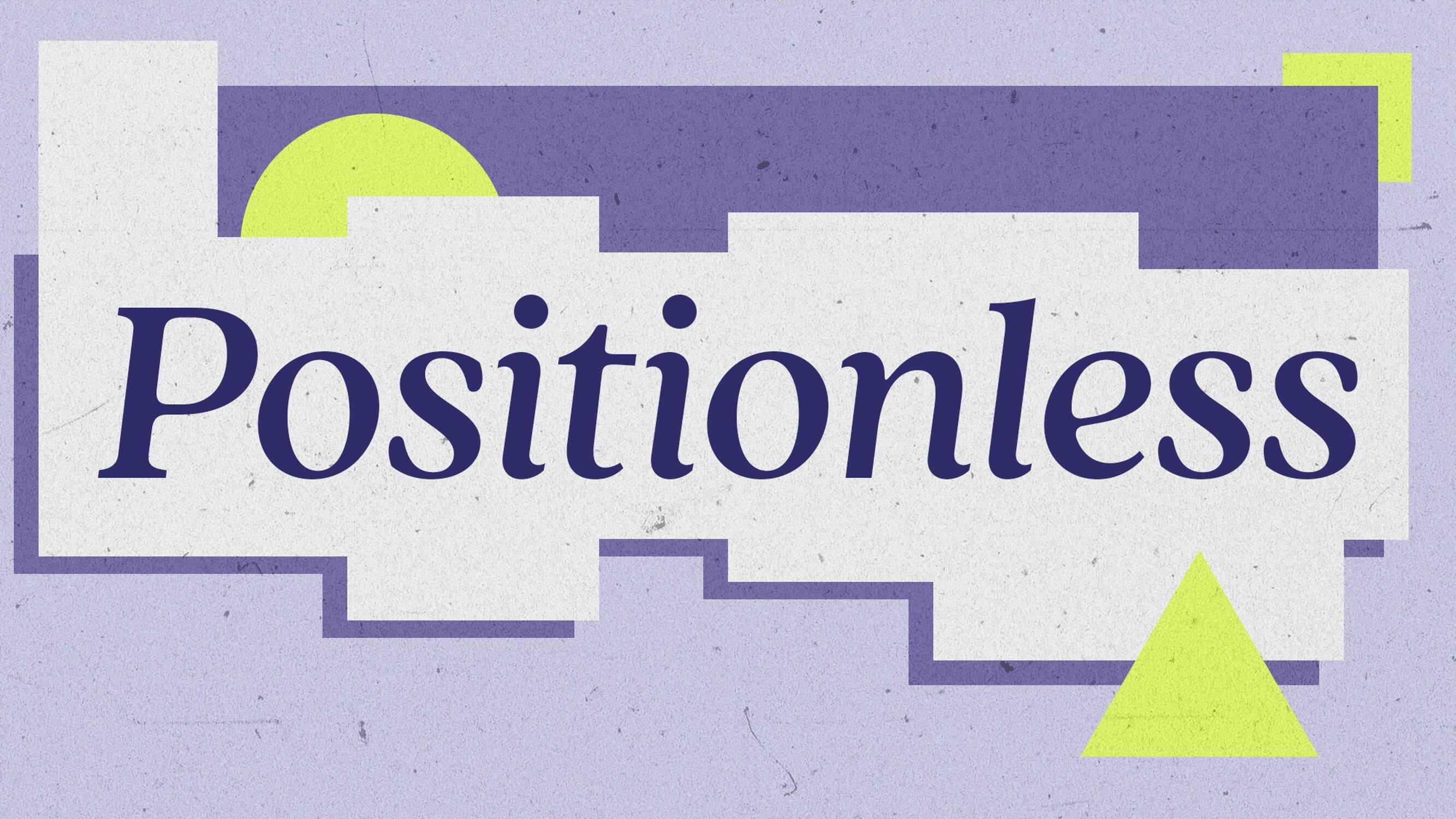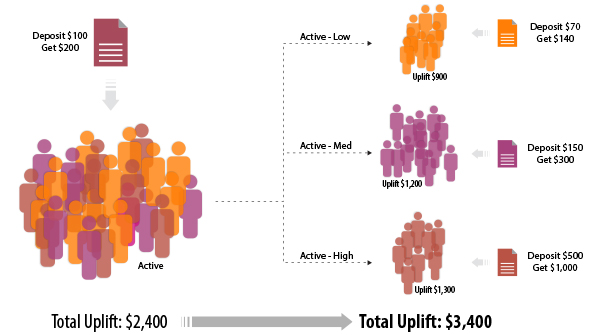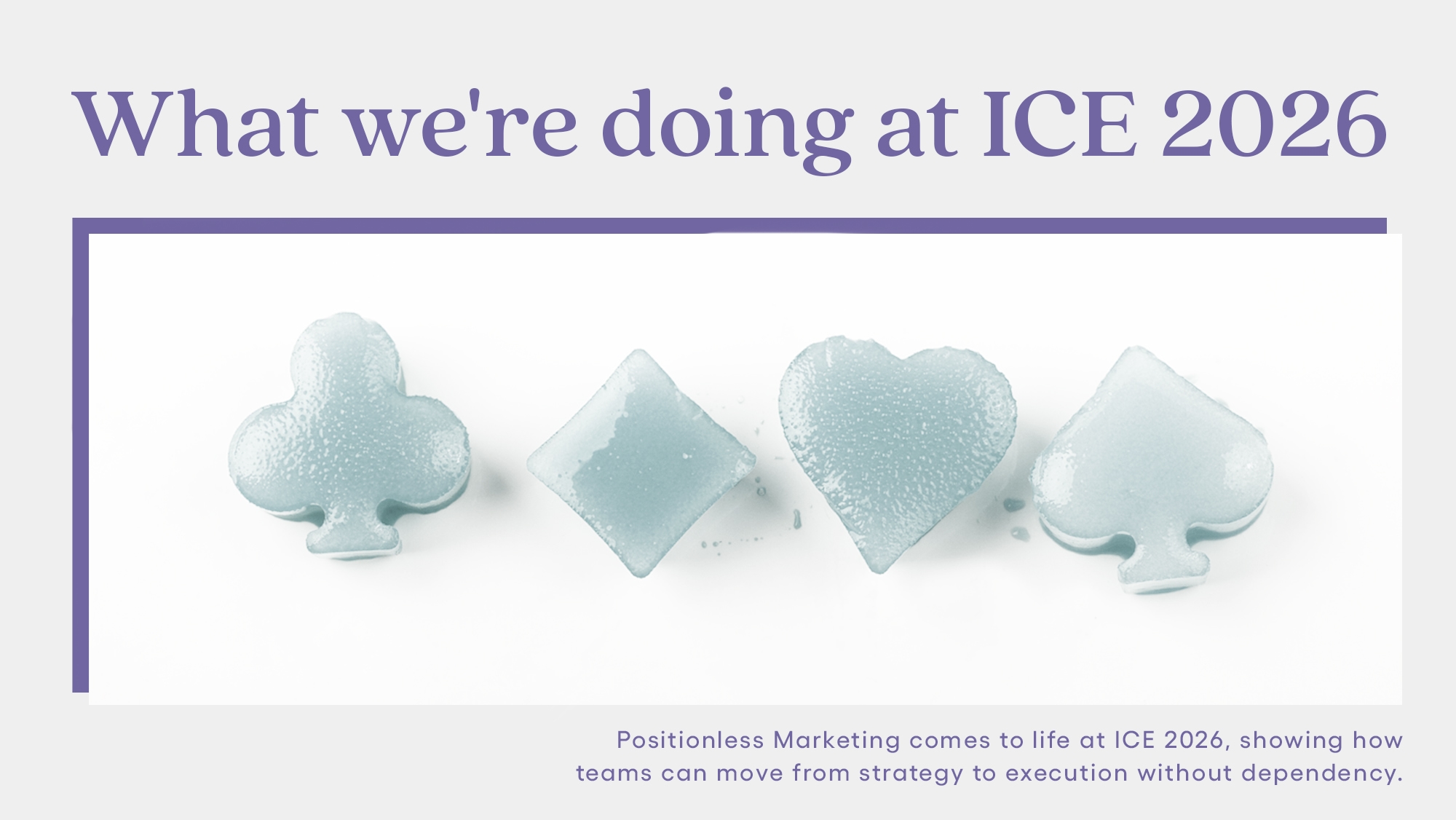
AI and the Retail Marketer’s Future
How AI transforms strategy and processes, driving the adoption of Positionless Marketing
Forrester: Optimove’s Total Economic Impact

At one time (not so long ago), most retention marketers would send the same marketing campaign to their entire customer list. Nowadays, most marketers understand well the value of segmenting their customers into groups and sending different offers to each group. As we’ve discussed in a previous post, sophisticated marketers and retention experts have discovered that identifying smaller, more homogenous groups enables far more targeted – and profitable – campaigns.
The reason is clear: when each individual customer (or small groups of similar customers) receives a personalized and highly relevant offer, there is much more chance that the message will resonate with them. When you tailor your messages and incentives so that they are the most relevant and interesting for each individual customer, you will maximize your revenues from existing customers.
Because it’s easier to create and manage high-level customer segmentation, this is as far as most marketers get. For example, lifecycle-based segmentation will yield a small handful of segments, such as New, Active and Churn. Another example used by many marketers is different levels of VIP (e.g., Diamond, Gold, Silver, Bronze). Sending relevant campaigns to each of these high-level segments will yield higher revenues than sending the same campaign to the entire customer list. However, if you can further divide these high-level segments into more granular sub-groups, you can expect to achieve even higher revenues.
For example, let’s take the Active group and segment it into three sub-groups, based on the average deposit level of each: Low (average deposit of $50), Medium ($100) and High ($350).
(The example we’re presenting here – based only on average deposit level – is a deliberately simplistic one in order to demonstrate the concept. In actuality, you will want to combine multiple segmentation layers in order to identify distinct “customer personas” using cluster analysis and target them together. An example of such a persona might be “high-value roulette players with a high risk of churn.” The most useful customer personas are those which identify a small segment of similar customers for whom you can develop highly relevant offers/incentives.)
Next, you should create tailored campaigns designed to maximize response according to each group’s individual behaviors. In the following example, the marketer’s goal is to increase the average deposit of customers in each group. For example, sending the Active-Low customers (whose average deposit is $50) an incentive of “deposit $70, get $140” will likely generate a relatively high response rate, because the deposit level is slightly above the group’s average. On the other hand, sending this offer to the Active-High group (whose average deposit is $350) might actually reduce their deposit amounts and cause a loss of revenue.
Conversely, offering the Active-Low group “deposit $500, get $1000” will not likely lead to a high response because this deposit level is far above their typical deposit level. But sending this offer to the Active-High group may encourage a good number of them to deposit more than their typical average deposit amounts. The following diagram shows the results of sending customized campaigns to these three customer segments.

When you do this successfully, you will achieve a greater total uplift from the separate campaigns to the various sub-groups than you will achieve by sending the same campaign to all the customers. As seen in the diagram, the total campaign uplift of sending one campaign to all customers was $2,400 while the total uplift increased over 40% to $3,400 when sending tailored campaigns to each of the three sub-groups.
Note that “campaign uplift” can only be accurately measured using test and control groups. See our earlier blog post, How to Treat Every Customer Campaign as a Marketing Experiment, for a complete discussion.
The concept is clear: your goal is to continually define more and more granular customer segments to which you are sending the most relevant and enticing incentives. As you optimize your sub-segments and incentives, you will maximize the revenues generated by your customer retention campaigns. Divide and conquer!
Forrester: Optimove’s Total Economic Impact
The Forrester Total Economic Impact™ Study shows that Optimove’s Positionless Marketing Platform drives an 88% boost in campaign efficiency.


Varda is all about the customer. With more than 10 years helping customers improve their businesses by making the best use of their data, Varda is the perfect blend of energy and efficiency, equipped with a bright personality and exemplary professionalism. She holds a Bachelor’s degree in Economics and Business Administration.


